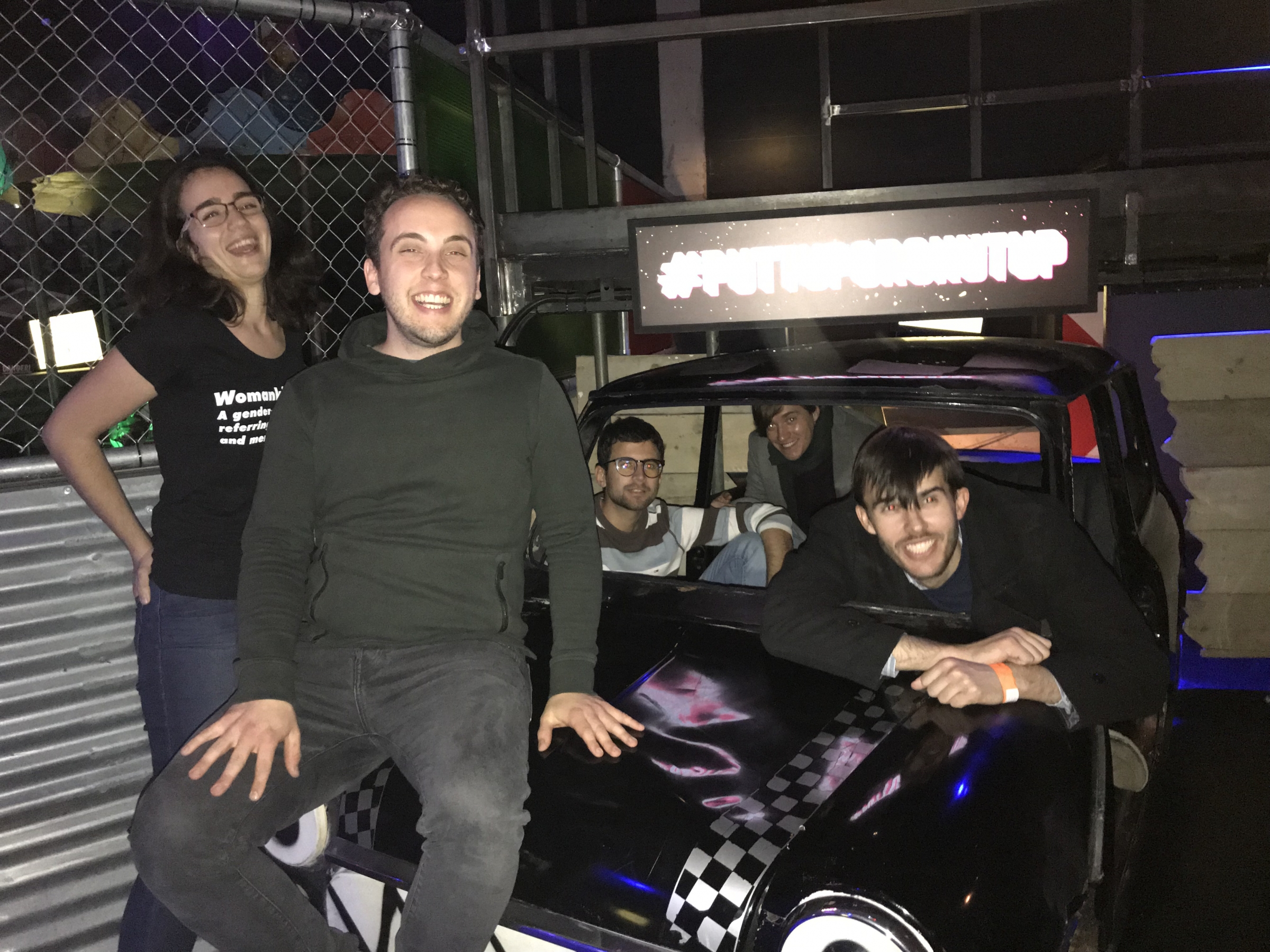For the third year running, the Oxford Protein Informatics Group of Professors Deane and Morris traveled to a bucolic, remote location for a series of talks (long and lightning), journal clubs, and hands-on practicals—not to mention evenings of quizzes, board games, and an afternoon of exploration of local attractions.

Thanks to the organization of OPIG Members Mark Chonofsky and Javier Prado Diaz, five hire cars and one motorbike, some two dozen of us traveled from Oxford to the rolling hills and orchard country of Herefordshire, and Kington, near the border with Wales. We had the whole YHA Kington to ourselves from Wednesday until Friday, September 18-20, 2019. Our schedule was packed with great talks, and a few opportunities to press, watch people press, or tell people to press, <shift><enter>.
Continue reading

